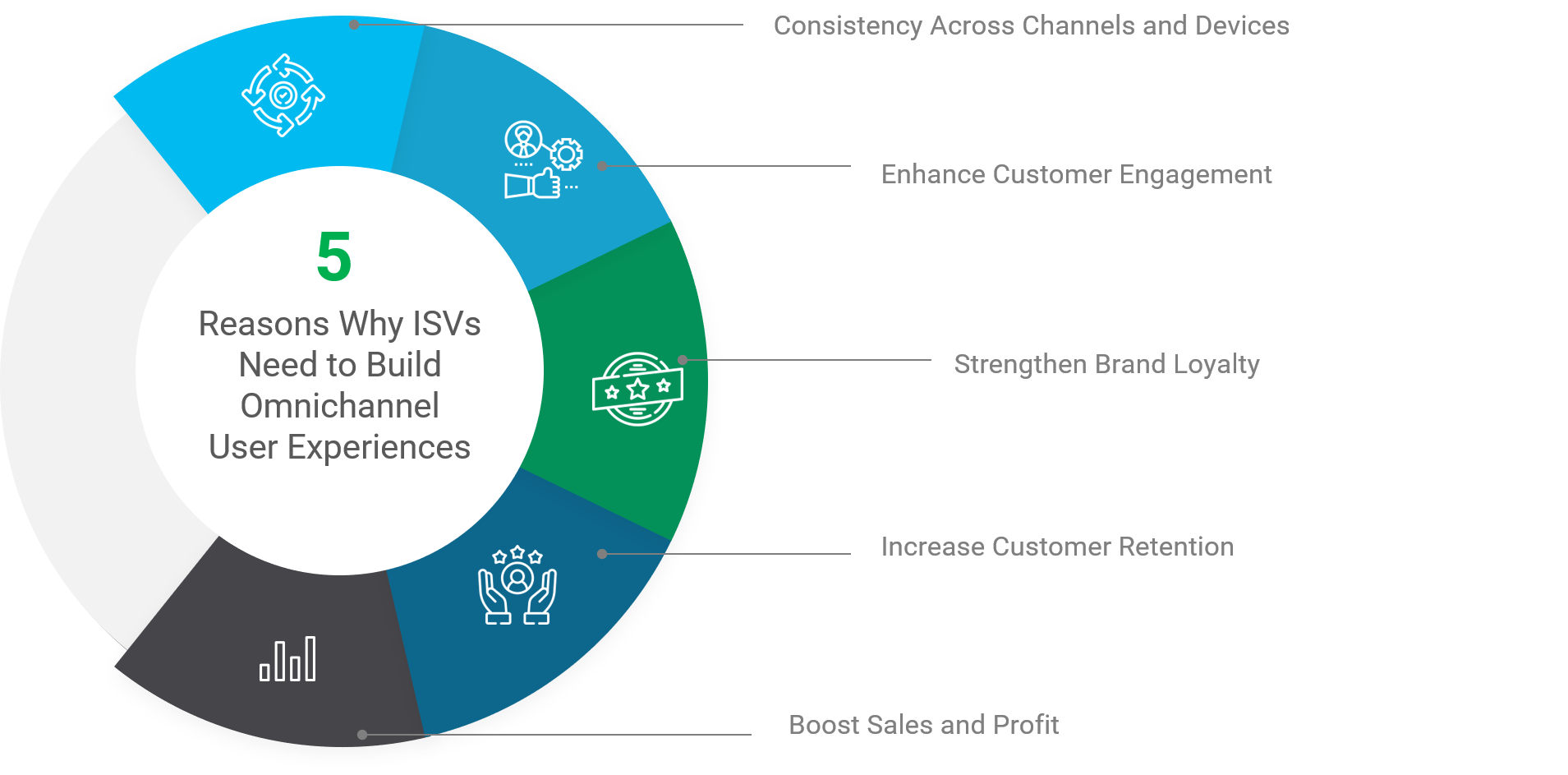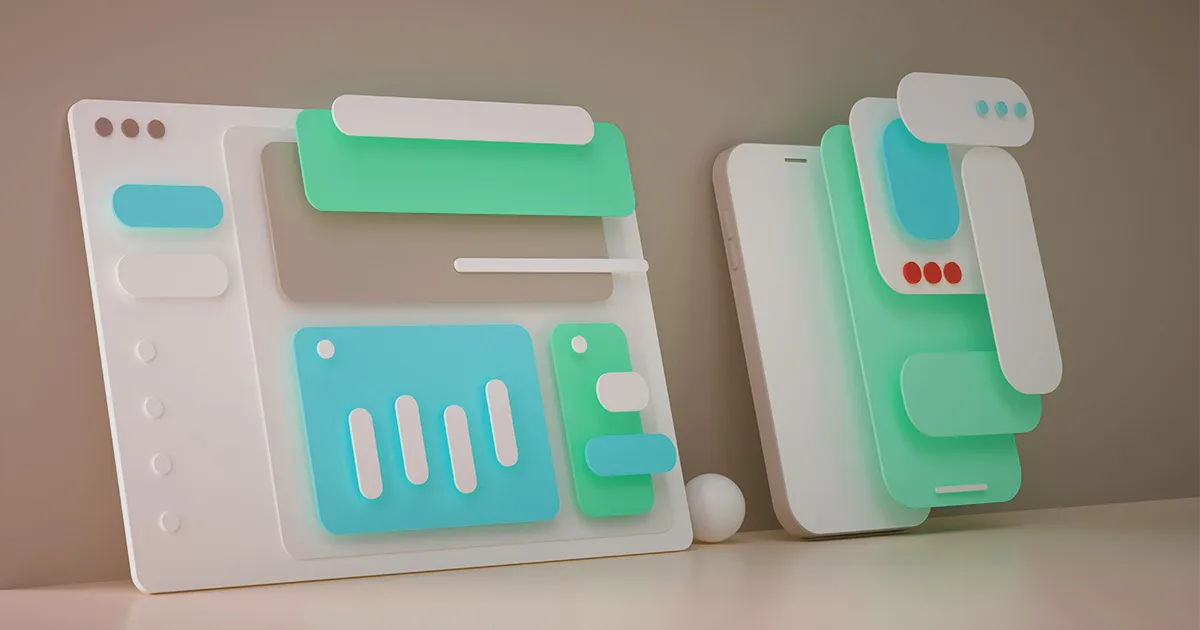



As the number and type of end-user devices explode, UI/UX teams are having a tough time creating a seamless, consistent, and omnichannel journey and customer experiences. It’s not just the variety of computers, smartphones, tablets, and smartwatches that are daunting; it is the user interface - the multitude of the display, audio, touch capabilities, and form factors that put immense strain on even the best User Interface Experience and Customer Experience teams.
New versions and real time user interfaces get introduced into the market every day and customer behavior keeps evolving. To deliver a seamless, intuitive, and consistent omnichannel experience across every device requires a thorough knowledge about emerging ai user interface with careful and effective planning.
The Need to Build Omnichannel Experiences
Modern, tech-savvy customers expect the user experience to be flawless – irrespective of the device they are using, the mode of operation, or the location from which they are accessing it. For them, a consistent and seamless user experience is all that matters. And this is a major challenge for the ISVs building those products. Here’s why ISVs today need to drive efforts towards building omnichannel customer experiences:

- To enable consistency across channels and devices: Customers today expect the consumer or enterprise products they interact with to deliver a similar experience across channels and devices. An omnichannel user experience means customers get to enjoy the same experience, every single time.
- To enhance customer engagement: Offering an omnichannel user experience is a great way to enhance customer engagement. By synchronizing multiple channels within a single journey, organizations can successfully deliver a personalized and contextual user experience – throughout the customer interaction lifecycle.
- To strengthen brand loyalty: A successful omnichannel experience also connects customers to the brand across all touchpoints – without borders. Instead of focusing on just one channel or one device, it helps deliver personal and authentic customer experiences that strengthen brand loyalty.
- To increase customer retention: Delivering an omnichannel UX is also a great way to retain customers. This is especially true in a post-pandemic era, where customers seek comfort and confidence in the brands, they establish a relationship with.
- To boost sales and profit: Lastly, delivering an omnichannel UX also helps organizations in boosting sales and profit. Whether the customer is shopping online using a mobile or a laptop or in a brick-and-mortar store, an omnichannel UX helps in earning trust, which, in the long run, leads to repeat purchases.
The Shifting Focus on Emerging User Interfaces
Although building this modern customer experience is a sure-shot way of driving satisfaction (and loyalty), organizations must quickly shift their focus from simple, easy-to-use interfaces to emerging ones that further strengthen engagement, satisfaction, and loyalty. Here are 5 emerging user interface and user experience trends that product owners must now know about:
Voice
In today’s era, the tangible user interface and touch interface are making way for voice. Voice user interface is quickly becoming one of the most sought-after user interfaces that modern customers expect. Reports expect the global voice recognition market to grow to $27.16 billion by 2025, at a CAGR of 16.8%.[1] By allowing users to use voice and speech commands, voice user interfaces provide users with a powerful way to interact with technology, hands-free – while also allowing them to focus their attention elsewhere. ISVs looking to offer top-notch voice user interfaces need to build artificial intelligence (AI) systems that not only comprehend natural language but also gauge customers’ intent and emotion while delivering the right output.
Chat
Another popular conversational UI that product owners at ISVs need to lay emphasis on - virtual assistant and chat. Chat plays a big role in improving customer satisfaction, as it allows for queries and questions to be answered – in a quick and efficient manner. By capturing, understanding, and analyzing written and spoken human language, this non-procedural approach allows users to interact with the same service across devices – allowing organizations to strengthen multi-channel presence.

Gesture
Although touchless gestures technology and user interfaces have long been popular, the COVID-19 pandemic has created a new paradigm, compelling ISVs to reimagine user experiences. Instead of making users physically touch an interface, say a food menu at a restaurant kiosk, gesture allows for virtual menu browsing and touchless ordering. It is estimated that the global gesture recognition market will reach $32.3 billion in 2025 from $9.8 billion in 2020, at a CAGR of 27%[2]. Gesture-based UI not only eliminates physical contact; it also makes interaction extremely natural and intuitive – while delivering modern customer experiences that are quick.
Artificial Intelligence
In the world of user interfaces, artificial intelligence will continue to be popular for years to come – revolutionizing the way people interact with virtual assistants, machines, and how machines respond. Using this technology, product owners can build AI conversational interfaces that reduce user effort and present them with the best possible predictions. By learning more and more about users and their behavior, AI can help in personalizing and guiding user interaction. When done right, AI-driven UI can help deliver highly tailored user experiences – leading to improved customer satisfaction.
Augmented Reality and Virtual Reality
Two more technologies that are quickly taking the spotlight in the world of user interfaces are AR and VR. In the post-COVID era, organizations are increasingly using these technologies to rethink their approach to safety and engagement while allowing for social distancing. Since contactless and frictionless is bound to shape decisions in everyday life, AR (Augmented Reality) and Virtual Reality (VR) will deliver seamless experiences across domains such as education, healthcare, military, and more. The immersive experience they provide via virtual extensions of reality is a great way to enable users to interact with the real-world environment in real-time.
With user expectations evolving in lockstep with the cutting-edge of digital communications, ISVs have no choice but to continuously update and personalize user interfaces to boost adoption and customer satisfaction in their product offerings.
Partnering with a technology leader like Xoriant can help you stay ahead of the user experience curve. Since Xoriant continuously invests in the latest research and next-gen technologies, you can unlock the true potential of emerging interfaces like voice, chat, and AR/VR to enhance the capabilities of your product – as well as your brand.
Take a step towards delivering Modern Customer Experiences
Connect With Xoriant UX Experts






 View Previous Blog
View Previous Blog




